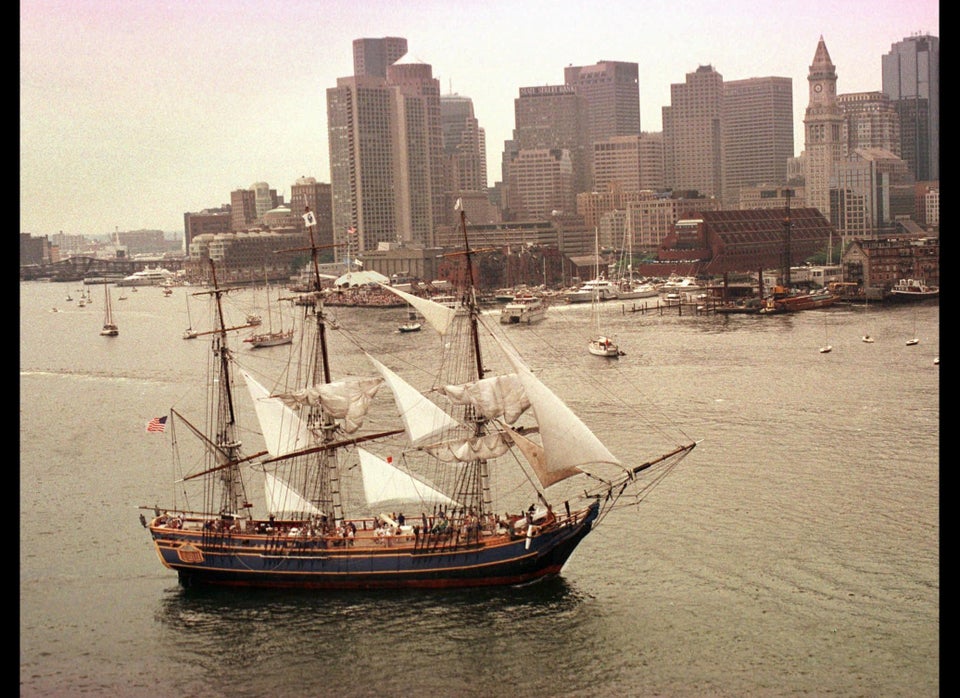By Ian Simpson
WASHINGTON, March 1 (Reuters) - President Barack Obama is making income inequality an issue in midterm elections, and proof of the gap between rich and poor is close at hand right outside the White House.
The booming District of Columbia features the wealthiest high-income strata among big U.S. cities and more poor people than the national average, leading analysts to call it a microcosm of the larger U.S. economy.
Middle-class jobs hollowed out by the 2007-2009 recession have failed to come back. A flood of mostly young, educated newcomers has helped revitalize once-blighted neighborhoods, but is wiping out low-cost housing within sight of the Capitol.
The red-lettered "Come Unto Me" sign on the former Central Union Mission still overlooks 14th Street less than two miles (3.2 km) north of the White House.
But construction workers have gutted the onetime shelter for homeless men to convert it into tony shops and boutique condos, part of the makeover of 14th Street in recent years from a rundown retail strip to an urban playground of upscale restaurants, bars and apartments.
"We're a city that has very healthy upper-income residents, and then a very healthy lower-income population, and not a good in-between," said Phil Mendelson, chairman of the city council.
Ed Lazere, executive director of the DC Fiscal Policy Institute, a think tank, said wages were stagnant or falling for the bottom of Washington's workforce and rising for highly educated top earners. That mirrors the U.S. pattern, he said.
"For people who don't have an advanced degree, just the chances of participating in D.C.'s economy are really grim and have only gotten worse over the last 20 years," Lazere said.
Washington had the third-widest gap between wealthy and poor among the 50 biggest U.S. cities, trailing Boston and Atlanta, according to a 2012 Fiscal Policy Institute analysis.
The top 5 percent of households had average incomes of $473,000, highest among the biggest 50 U.S. cities, while the poorest fifth averaged less than $10,000, the analysis said.
At 18.2 percent, the District of Columbia's poverty rate is more than 2 percentage points above the U.S. average, 2012 Census Bureau figures show.
BIKE LANES, WINE BARS
Rising federal spending, bicycle lanes and public transport and a U.S. revival in city living have helped draw 1,000 new residents a month to the capital since 2008, bringing its population to almost 650,000.
At Kafe Bohem, a coffee house in northwest Washington where wine bars and condos are replacing auto repair shops and cheap housing, general manager Lenora Yerkes said the city was becoming whiter, richer and harder to afford.
"There is less and less room for people who work in a support capacity," she said as patrons huddled over computer screens or admired a photo display of neighborhood buildings being torn down or rebuilt as part of gentrification.
Even as whites move into neighborhoods that have long been mostly black, such as the Seventh Street corridor, the fault lines are forming over income, not race.
A Washington Post poll in January showed that 52 percent of District residents felt the city was mainly divided by income. Just 12 percent cited race.
"It's not a black or white thing. It's a money thing. Either you can afford it or you can't," Keith Larry, 40, a barber at Seventh Street's Ordinary People barber shop, who is black, said of the gap between rich and poor.
The impact of new money is clear in housing, where rent increases have outpaced inflation by 50 percent since 2000, according to another 2012 Fiscal Policy Institute study.
The number of low-rent apartments costing $750 a month or less halved from 2000 to 2012, while the stock of those renting for $1,500 or more tripled, the report said.
The result is that poor people are forced to move out of neighborhoods where rents are rising, or leave the city.
"It's the wheel of the haves and the have-nots," said laborer Tyrone Queen, 43. "There is a kind of underlying movement to get them out."
MIND THE GAP
To mitigate the wealth gap, Mayor Vincent Gray has pledged to create or preserve 10,000 affordable housing units by 2020.
The District is gradually raising the minimum wage to $11.50 an hour, well above the federal minimum of $7.25. City officials also are seeking tax adjustments, such as making the real estate tax more progressive, to help poorer residents.
Obama has called income disparity "the defining challenge of our time." Democrats are making it a major campaign issue in the run-up to House and Senate elections in November.
Some of Obama's key policy objectives are to push for Congress to raise the minimum wage, strengthen U.S. manufacturing and improve education and job training.
Outlining U.S. inequality, the non-partisan Congressional Budget Office said in December that the top fifth of households saw their share of pretax income rise to more than 50 percent in 2010 from 43 percent in 1979.
Most of the gain went to the top 1 percent, whose share increased from 9 percent to 15 percent. Households in the bottom 40 percent saw their share of income drop. (Reporting by Ian Simpson; Editing by Scott Malone and Jonathan Oatis)

